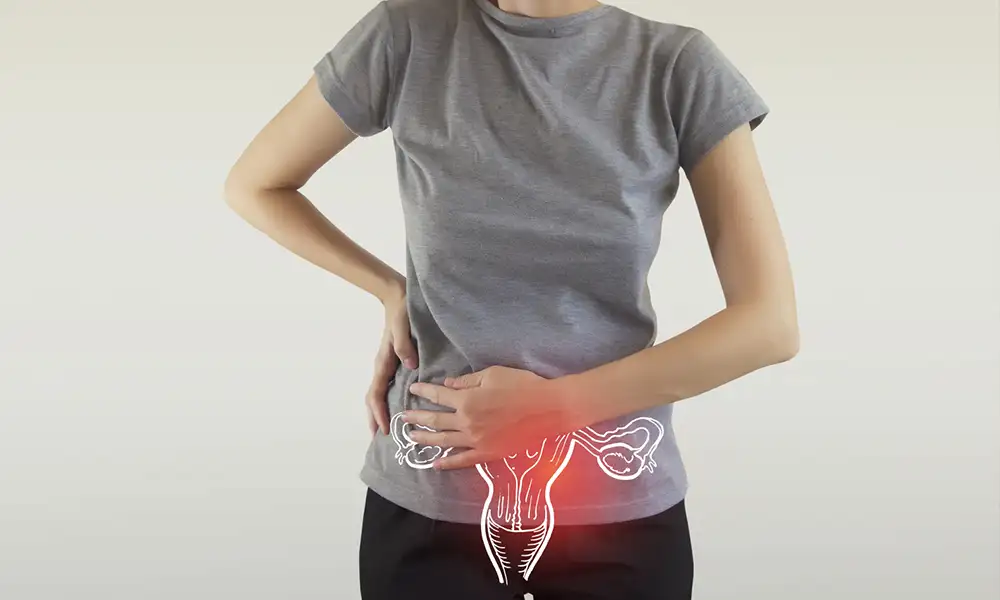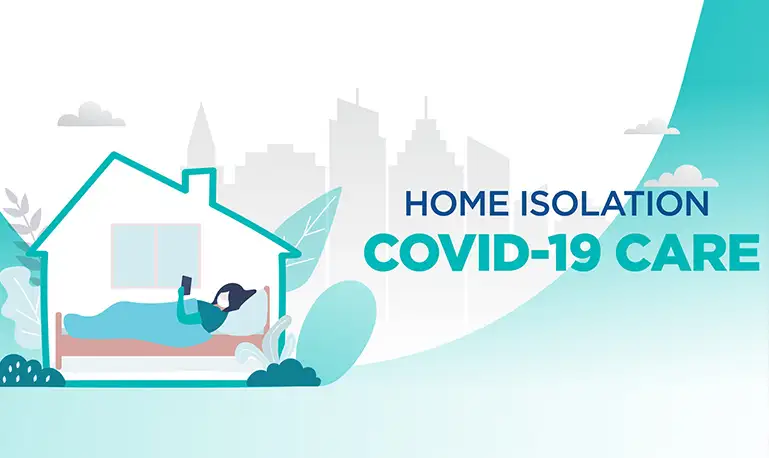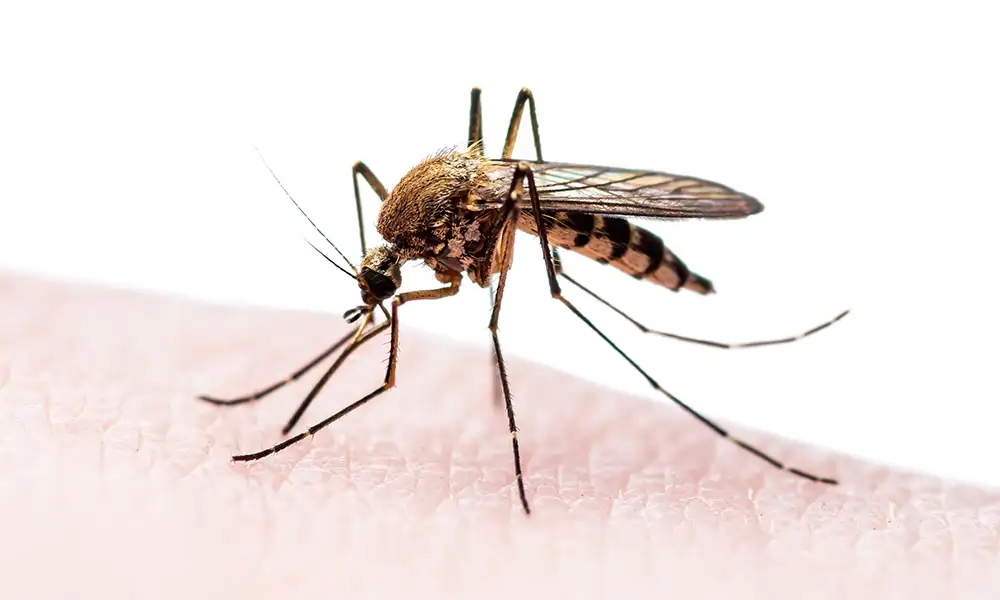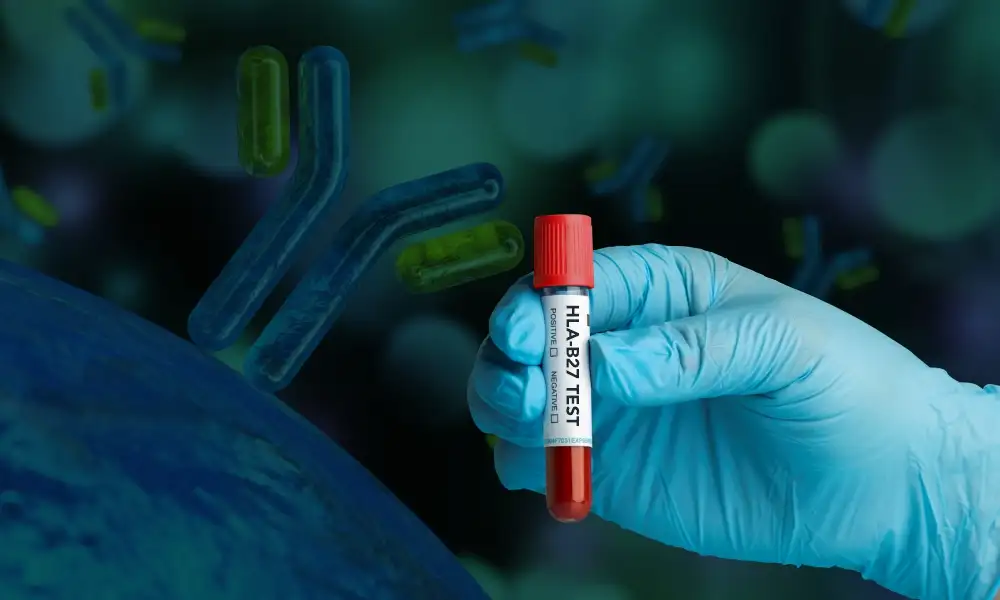Cervical Cancer Screening Guidelines
- March 16,2022
- 1 Min Read

To eliminate cervical cancer, all countries must reach and maintain an incidence rate of below 4 per 1,00,000 women by 2030.
This depends on 3 key pillars and corresponding targets:
- Vaccination: 90% of girls are fully vaccinated with the HPV vaccine by the age of 15 years.
- Screening: 70% of women screened using a high-performance test by the age of 35 years, and again by the age of 45 years.
- Treatment: 90% of women with pre-cancer treated and 90% of women with invasive cancer managed.
Cervical Cancer Screening Guidelines
*Adequate negative prior screening results are defined as 3 consecutive negative cytology results or 2 consecutive negative co-test results within the previous 10 years, with the most recent test performed within the past 5 years.
Co-testing or HPV DNA testing SHOULD be the preferred method of screening. Doing a PAP LBC by itself is not enough.
Want to book a test? Fill up the details & get a callback
Most Viewed
Premarital Health Screening
- 20 Min Read
Typhoid - Signs and Symptoms
- 3 Min Read
Home Isolation Guidelines - Covid-19 Care
- 5 Min Read
HLA B27 Detection: Flow Cytometry & PCR
- 1 Min Read














